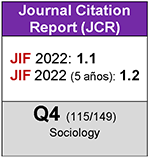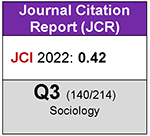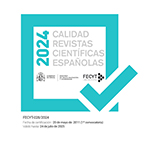School Zoning, Spatial Proximity and Socio-Economic Segregation: the Cases of Seville and Málaga
DOI:
https://doi.org/10.5477/cis/reis.168.35Keywords:
Areas of Influence, Composition Effect, Proximity, School SegregationAbstract
In the Spanish educational system, residence or employment in the school catchment area constitutes a central criterion for the admission of students. Through two type cases, the cities of Seville and Malaga, in which the areas of influence (from now on, AI). have been implemented in a singular way, this work develops a counterfactual analysis in which the current model is contrasted with a proximity model. In this model, the prevalent criterion is the relative closeness to the school. Thus it is obtained that: the centers of the AI are not in many cases the closest to the residence or employment (about 30% in a calculated index); and that the application of a model of relative proximity would reduce the theoretical incidence of the “composition effect”.
Downloads
Downloads
Published
How to Cite
Issue
Section
License
Copyright (c) 2024 Revista Española de Investigaciones Sociológicas

This work is licensed under a Creative Commons Attribution-ShareAlike 4.0 International License.
Permite Compartir — copiar y redistribuir el material en cualquier medio o formato, Adaptar — remezclar, transformar y construir a partir del material para cualquier propósito, incluso comercialmente.








